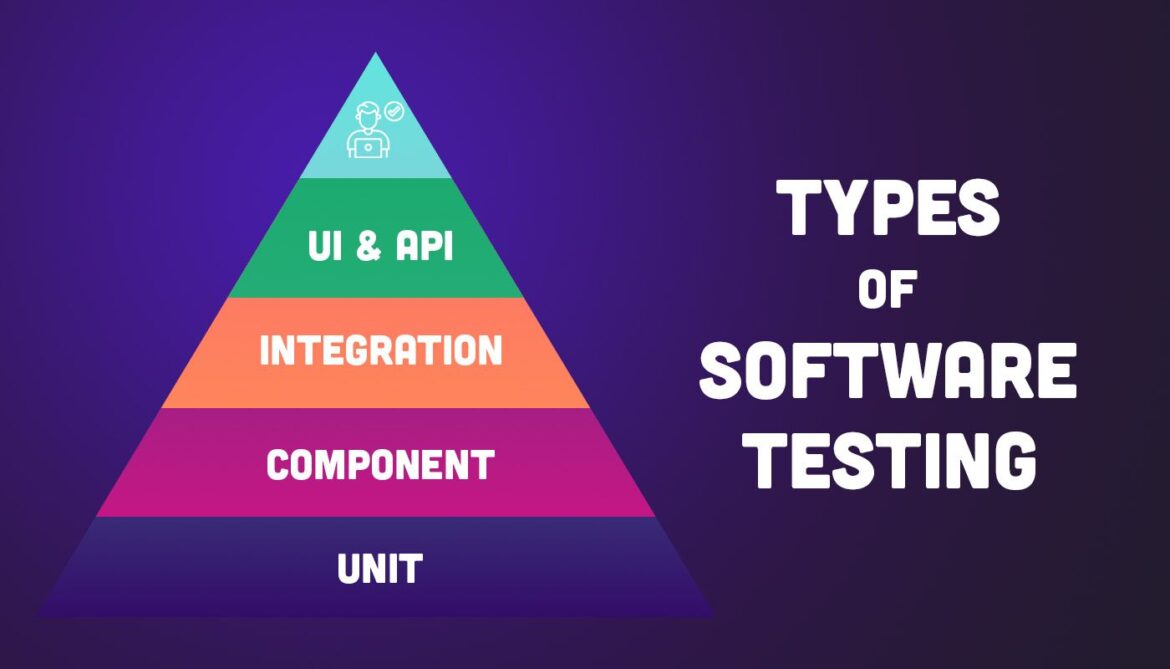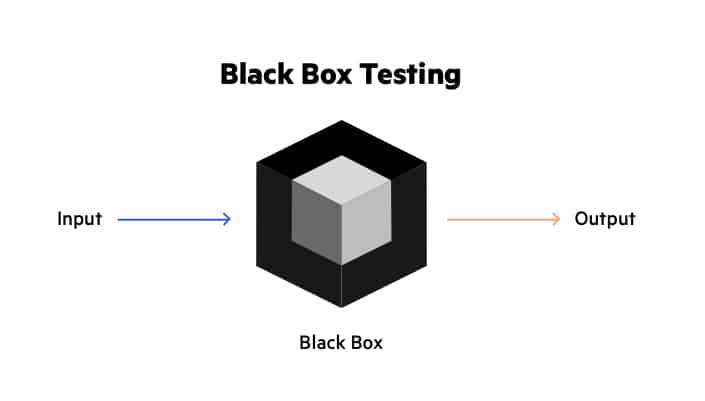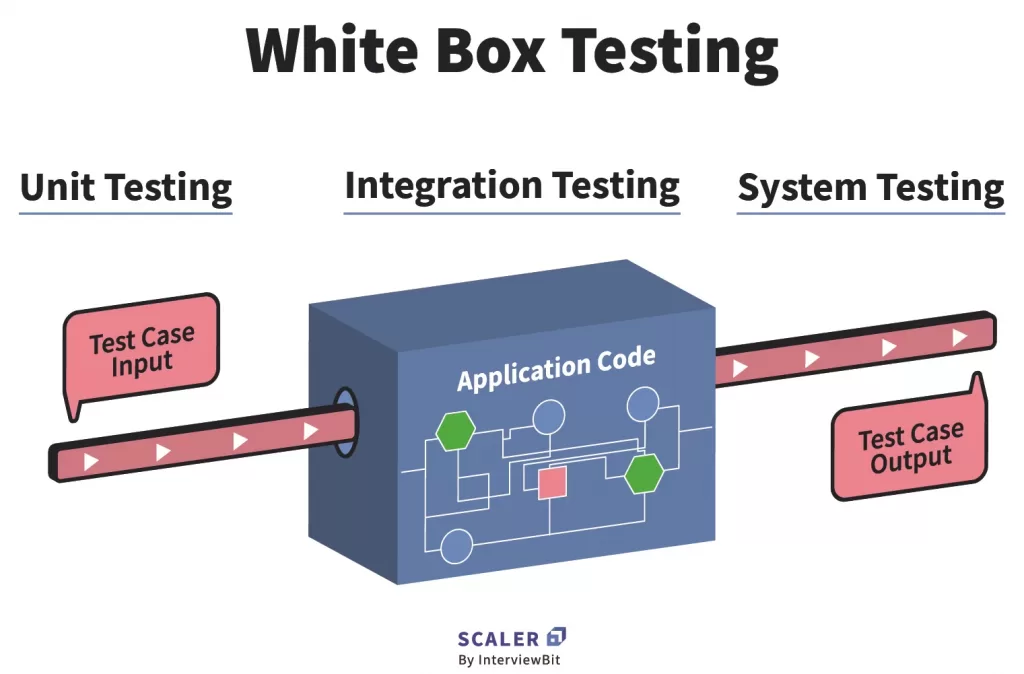Click Here For Previous Topics
Scroll Down For PPT File Of Testing In Software Engineering
In the intricate realm of software development, testing stands as a critical pillar, ensuring the reliability, functionality, and performance of applications. This blog aims to demystify the concept of testing, exploring its fundamental types and shedding light on specific methodologies, including Black-box testing, White-box testing, Script-based testing, and Regression testing.
Understanding Testing:
A Crucial Assurance in Software Development
Testing in the context of software development is a systematic process of evaluating a program or system to identify any discrepancies between the expected and actual results. It involves executing software or applications to uncover errors or bugs, ensuring that the final product meets specified requirements and functions as intended.
Types of Testing:
1. Black-box Testing:
Unveiling the External Perspective
- Overview: Black-box testing, also known as functional testing, focuses on the external behavior of a system without delving into its internal code structure.
- Methodology: Testers assess the software’s functionality, usability, and compatibility based on defined specifications, inputs, and expected outputs.
- Advantages: Emphasizes user experience, independent of code structure, and facilitates early bug detection.
- Challenges: Limited insight into system internals may make it challenging to uncover certain types of errors.
2. White-box Testing:
Peering into the Internal Mechanisms
- Overview: White-box testing, also known as structural or glass-box testing, involves scrutinizing the internal logic, structure, and code of a software application.
- Methodology: Testers examine the code paths, branches, and logic to ensure all statements are executed and potential issues are identified.
- Advantages: Provides in-depth insights into code quality, logical errors, and ensures comprehensive test coverage.
- Challenges: Requires knowledge of internal code, may be time-consuming, and might not catch integration issues.
3. Script-based Testing:
Automation Empowering Precision
- Overview: Script-based testing involves the use of automated scripts or test cases to execute repetitive and complex tasks, enhancing efficiency.
- Methodology: Test scripts are created to simulate user interactions, validate functionality, and generate detailed reports.
- Advantages: Accelerates testing processes, improves precision, and allows for repetitive testing with varied data sets.
- Challenges: Initial setup and scripting might be time-consuming, may not be suitable for all test scenarios.
4. Regression Testing:
Safeguarding Against Unintended Consequences
- Overview: Regression testing ensures that new code changes do not adversely impact existing functionalities by re-executing previously conducted tests.
- Methodology: Testers verify that modifications or additions to the codebase do not introduce defects or disrupt the existing features.
- Advantages: Guarantees software stability, identifies potential side effects, and maintains overall system integrity.
- Challenges: Time-consuming when dealing with extensive test suites, requires continuous updates with code changes.
Conclusion:
Harnessing the Power of Diverse Testing Techniques
In conclusion, testing is the linchpin in the software development life cycle, safeguarding against potential pitfalls and ensuring the delivery of robust and reliable applications. By understanding and implementing diverse testing types and methodologies, developers and QA teams can fortify their processes, enhance software quality, and deliver products that meet and exceed user expectations.
Whether opting for the black-box approach, peering into the intricacies with white-box testing, leveraging the efficiency of script-based testing, or ensuring ongoing stability through regression testing, each methodology plays a pivotal role in the broader testing spectrum. As the digital landscape continues to evolve, the importance of testing remains unwavering, serving as the ultimate assurance for software excellence in a dynamic and ever-changing technological landscape.




